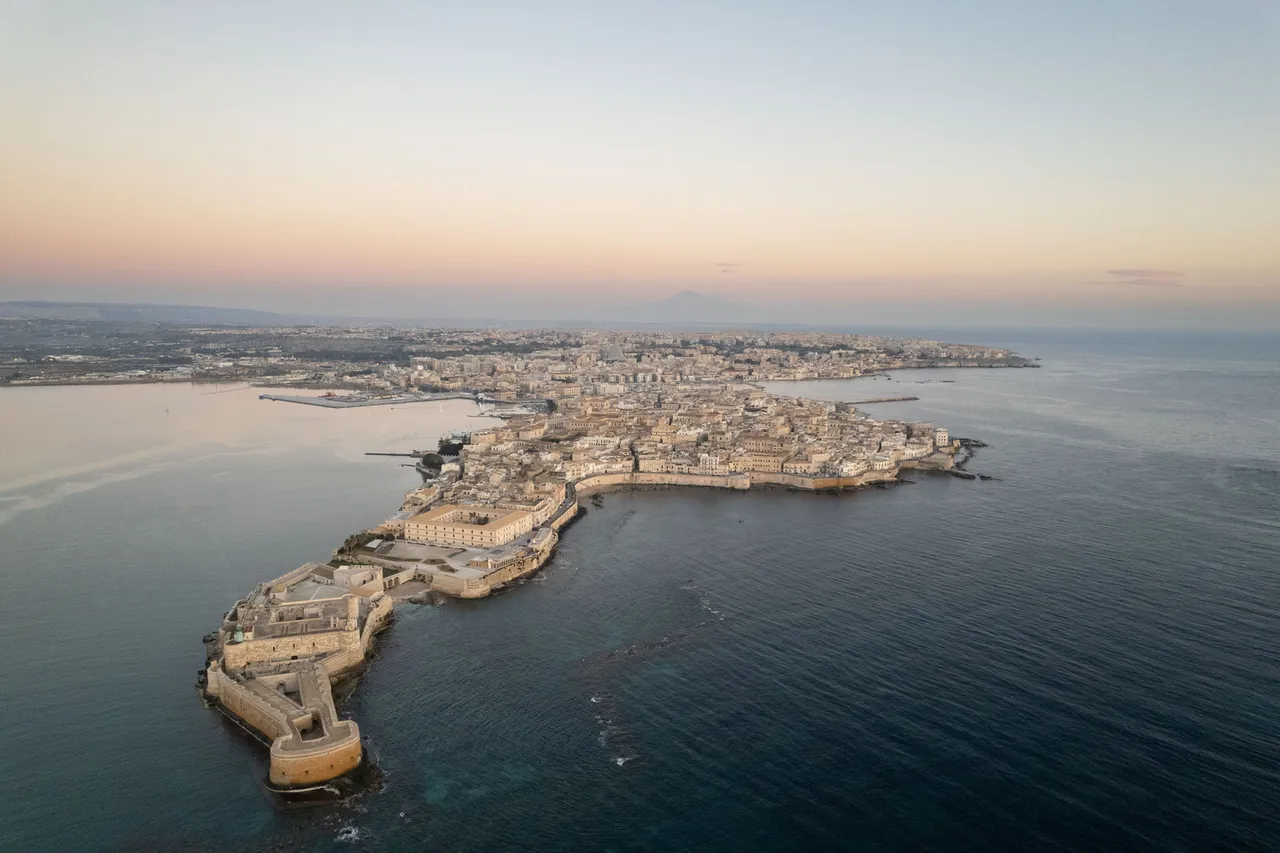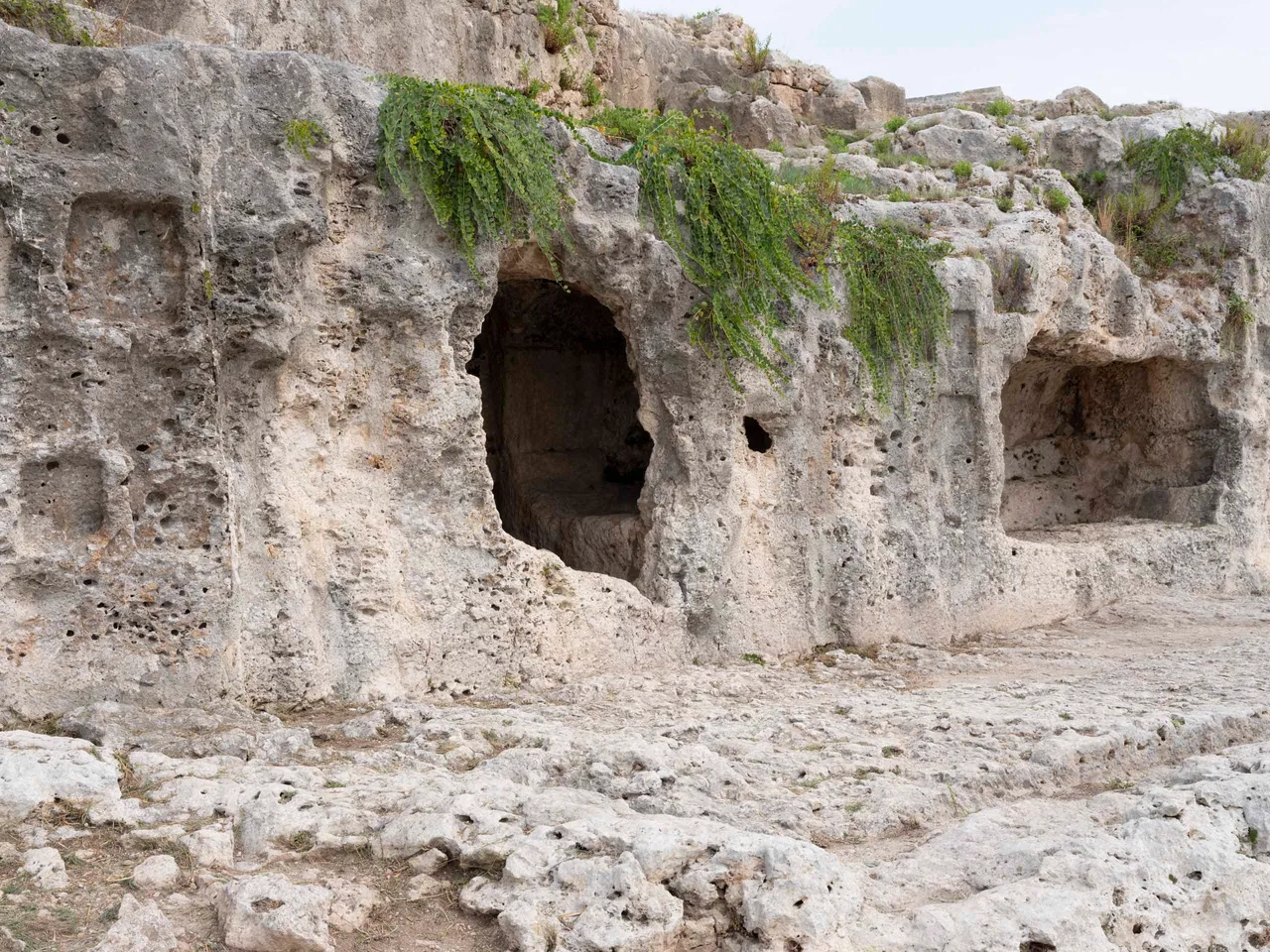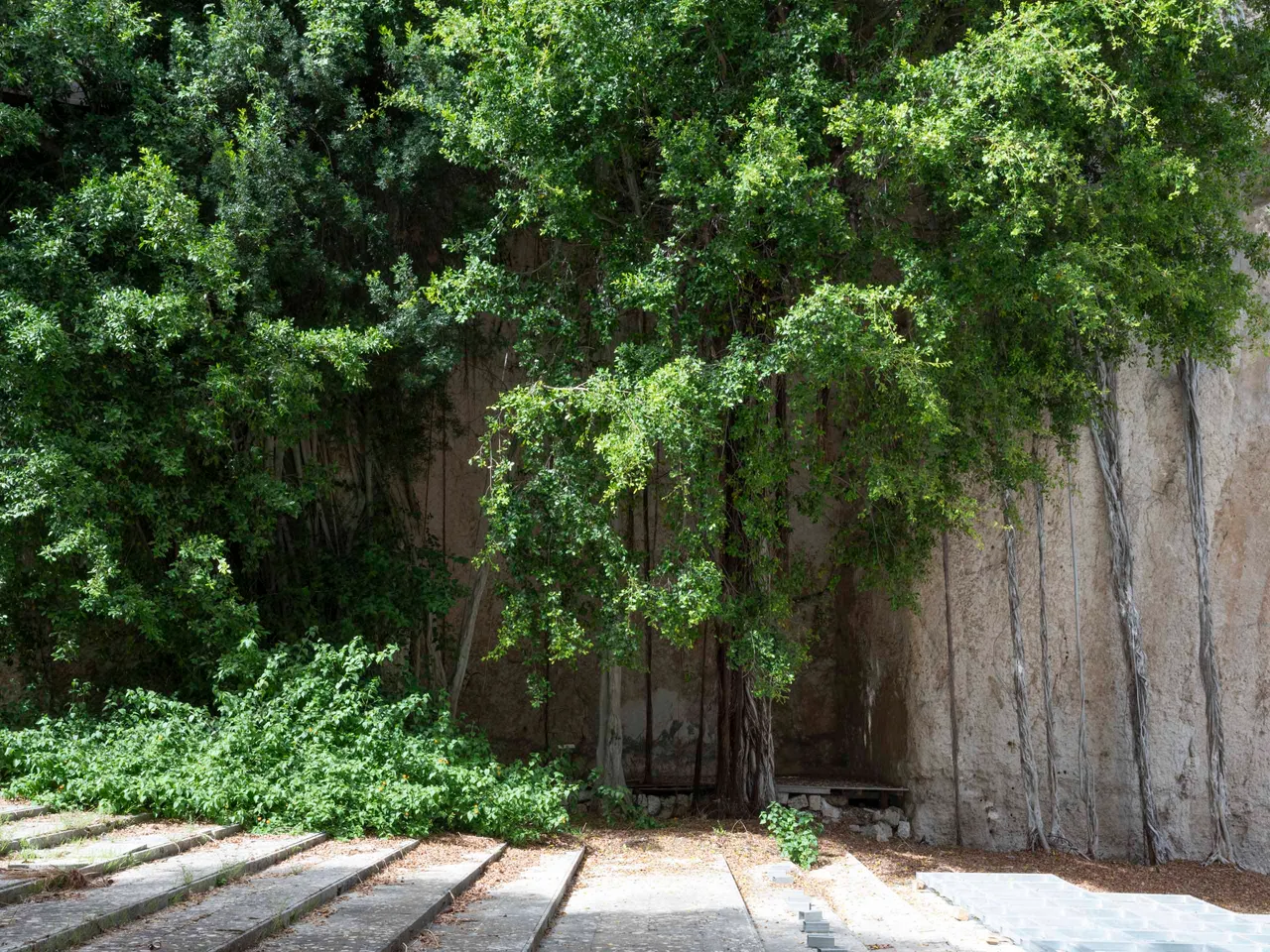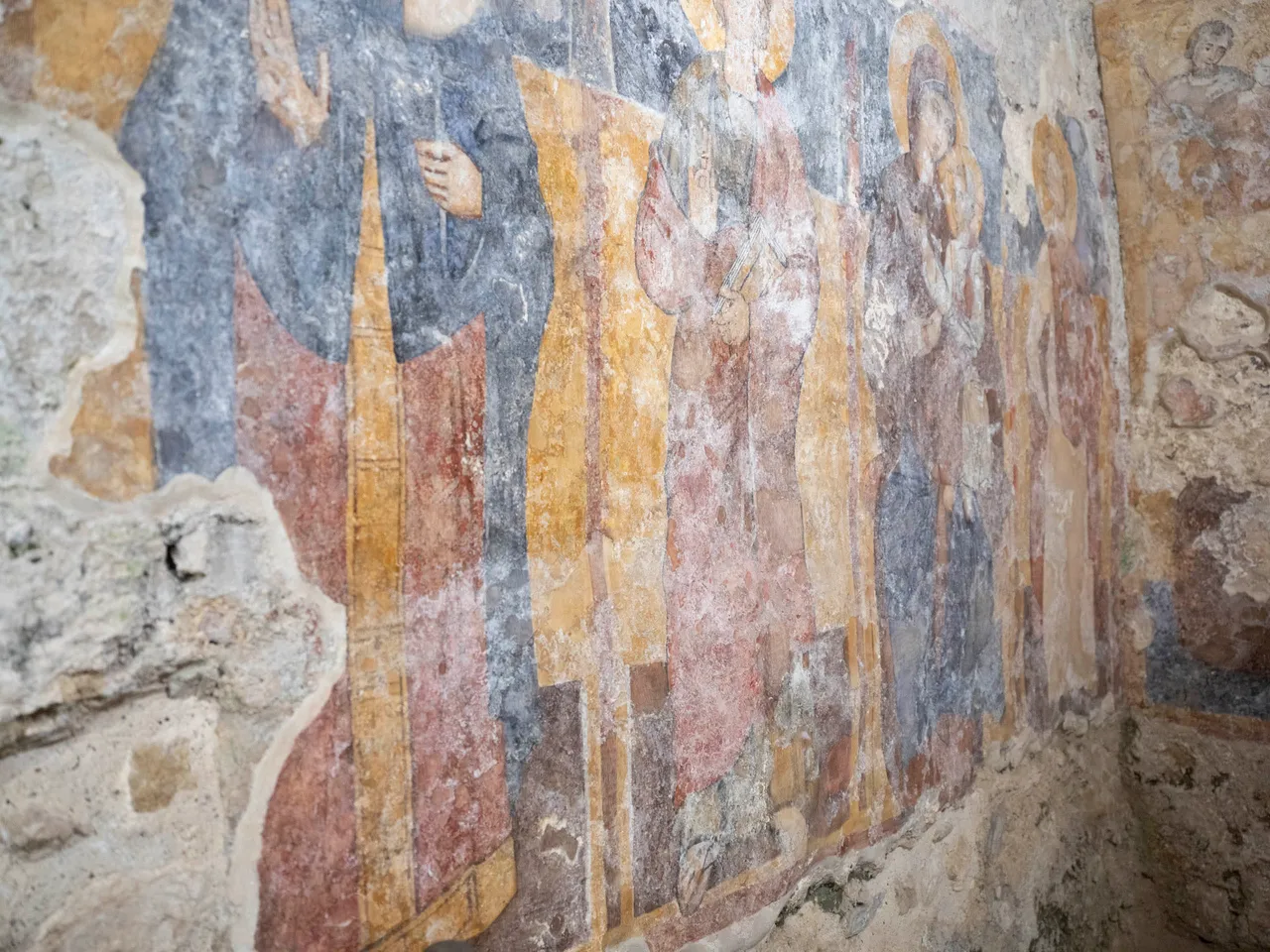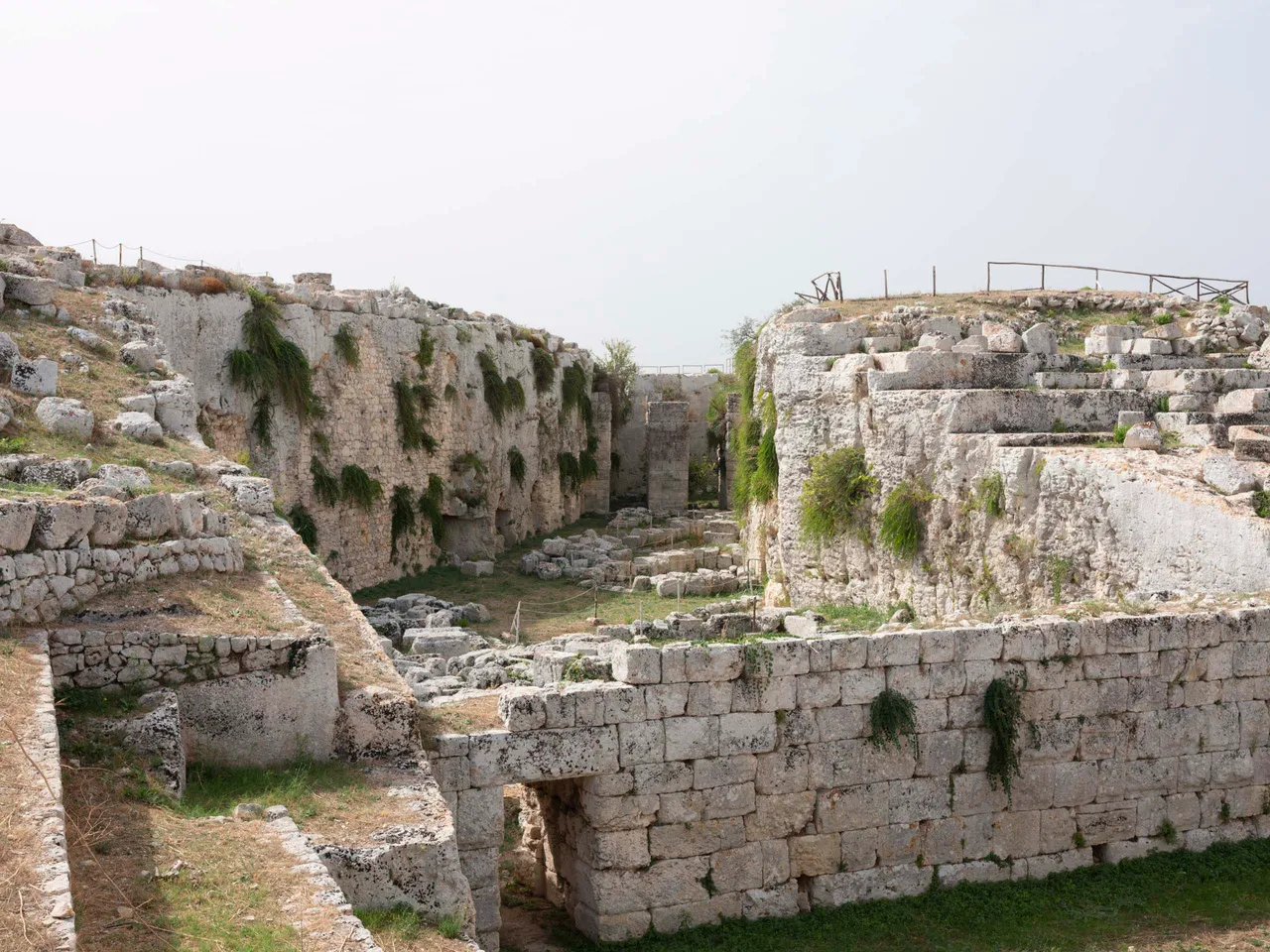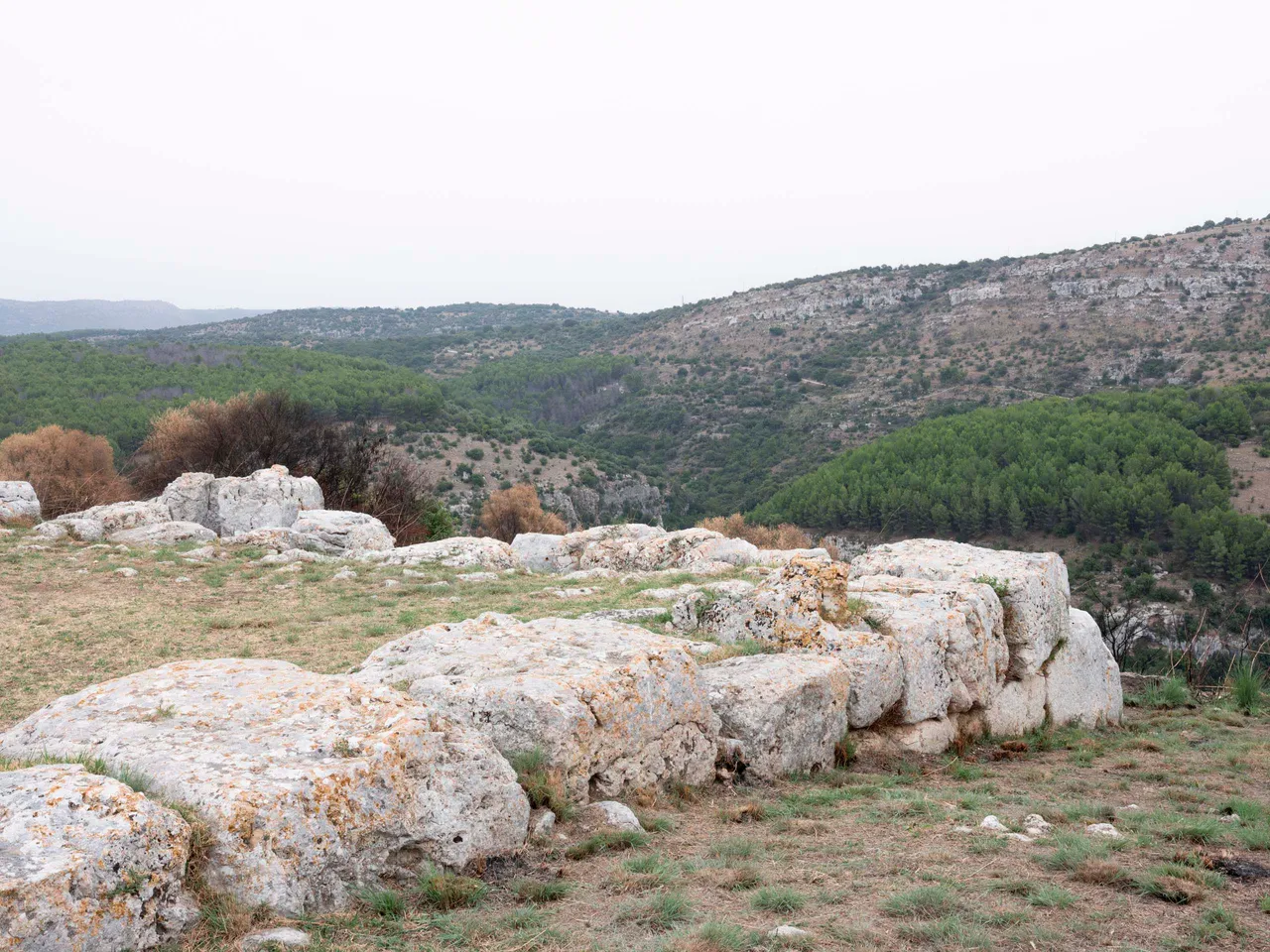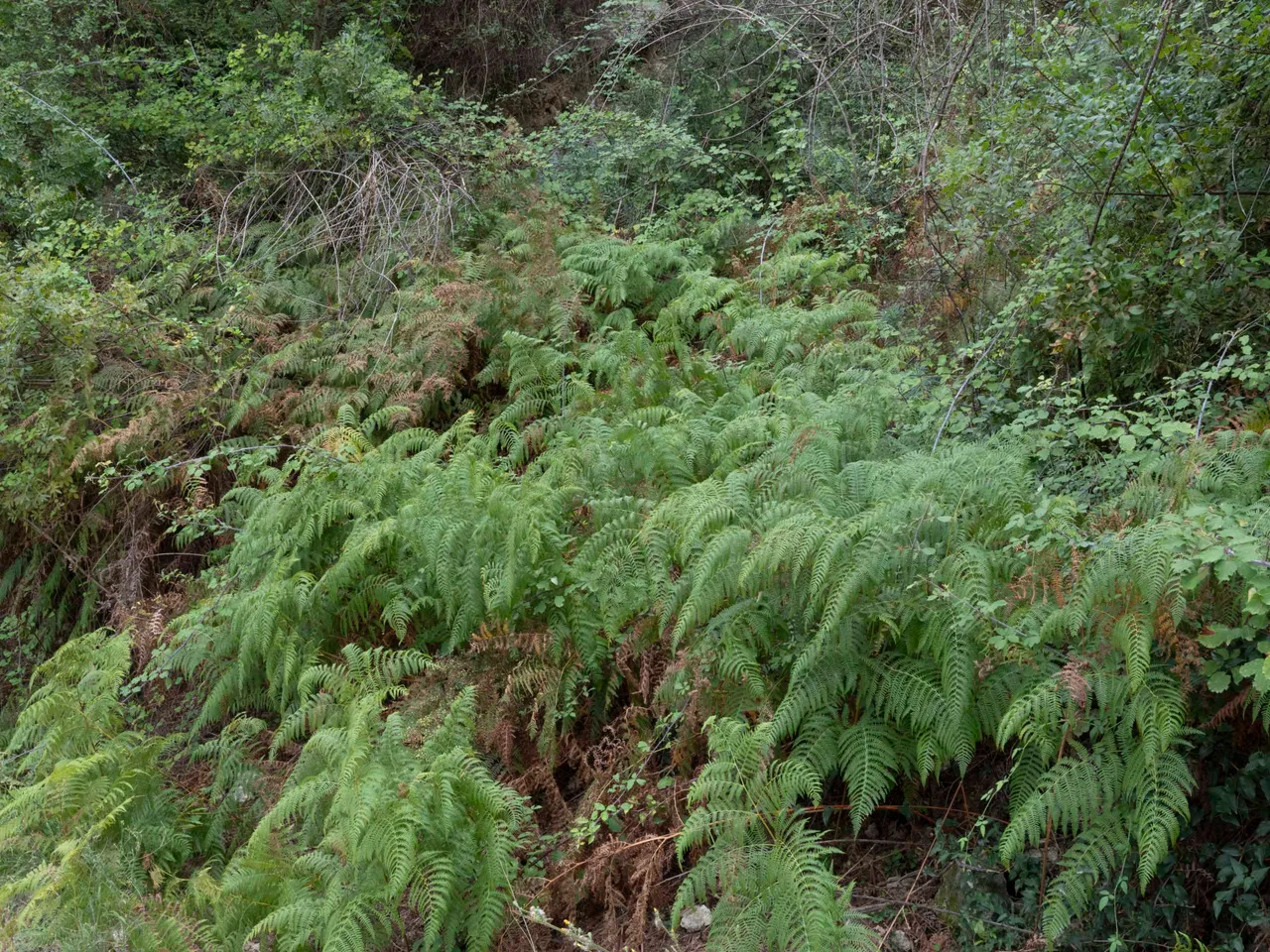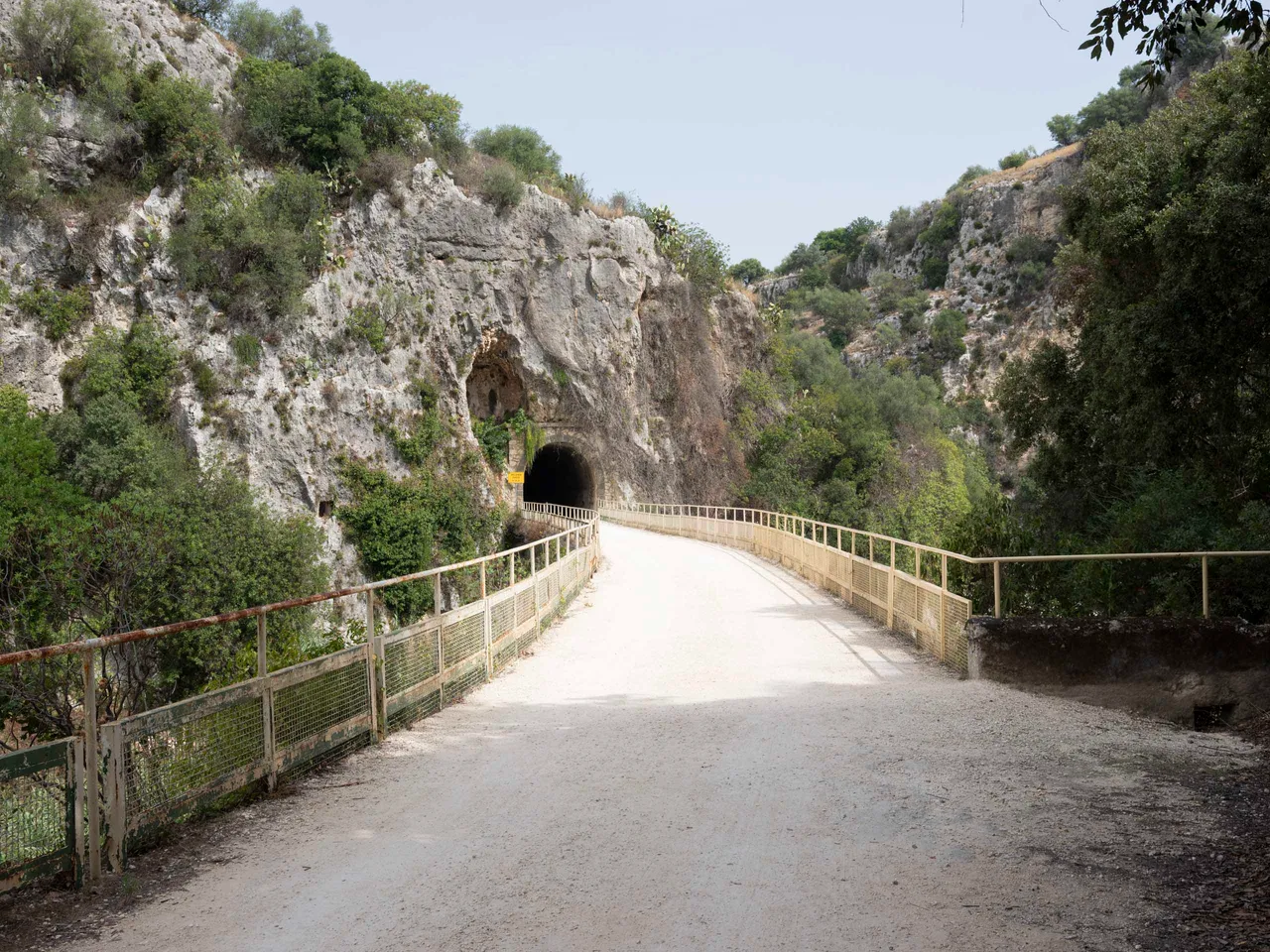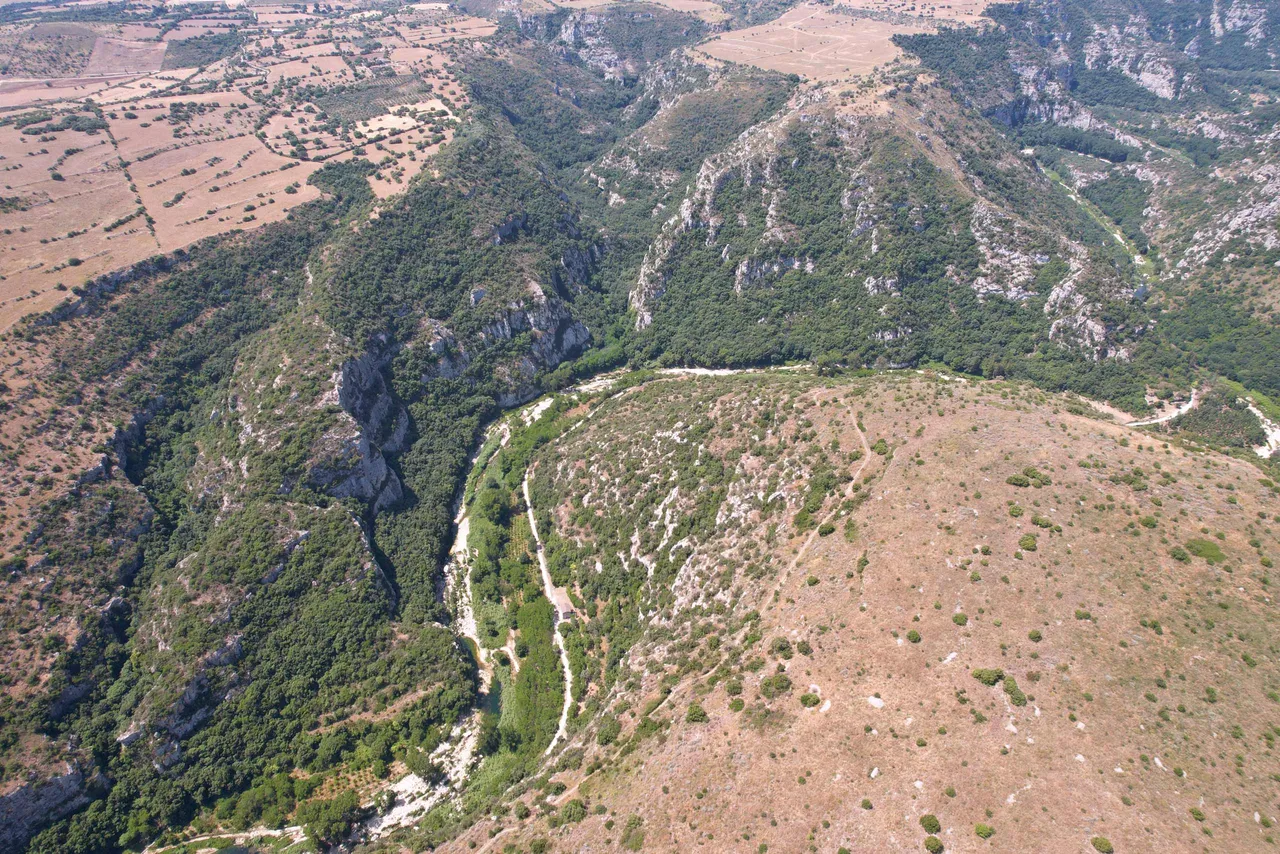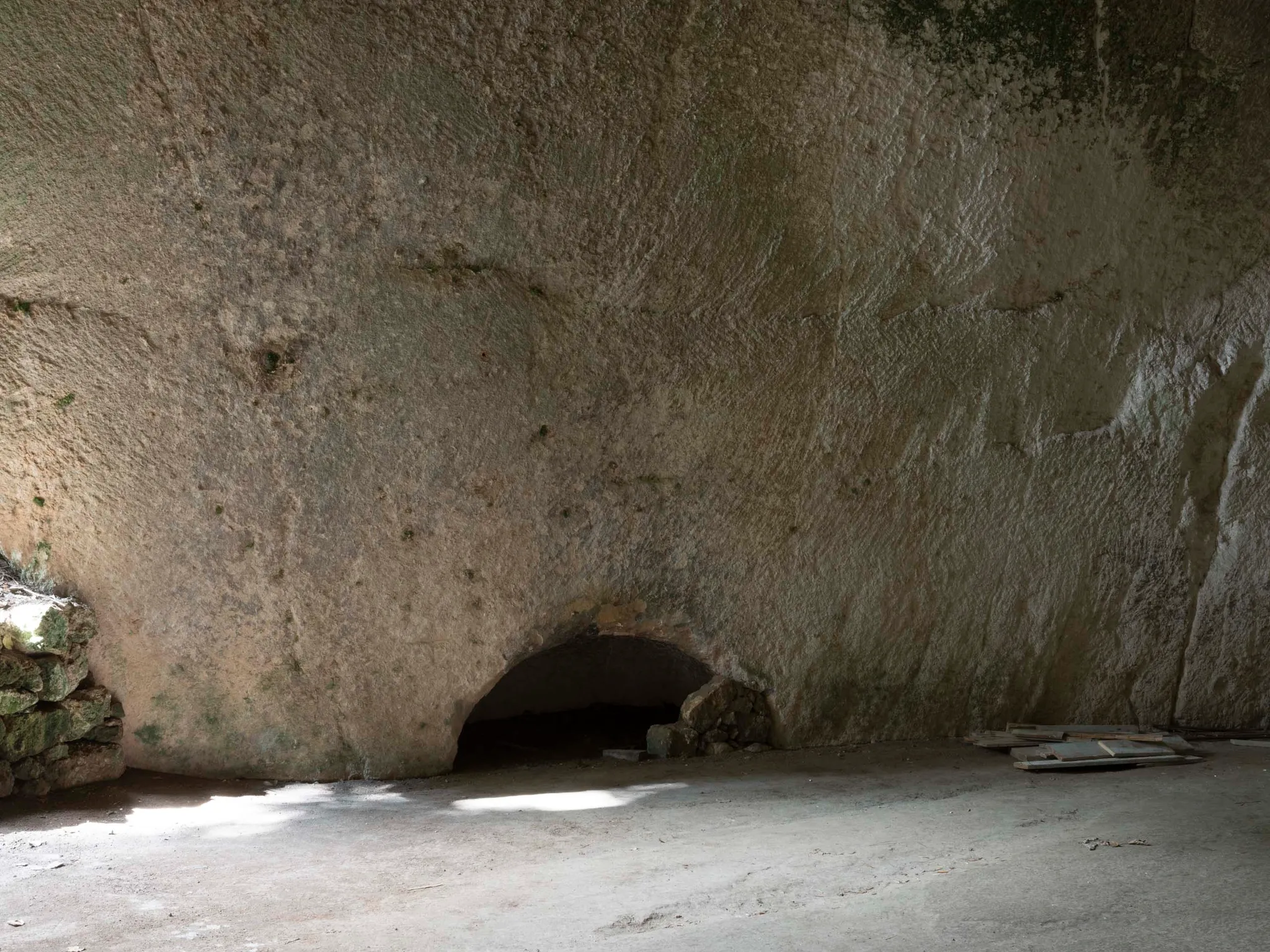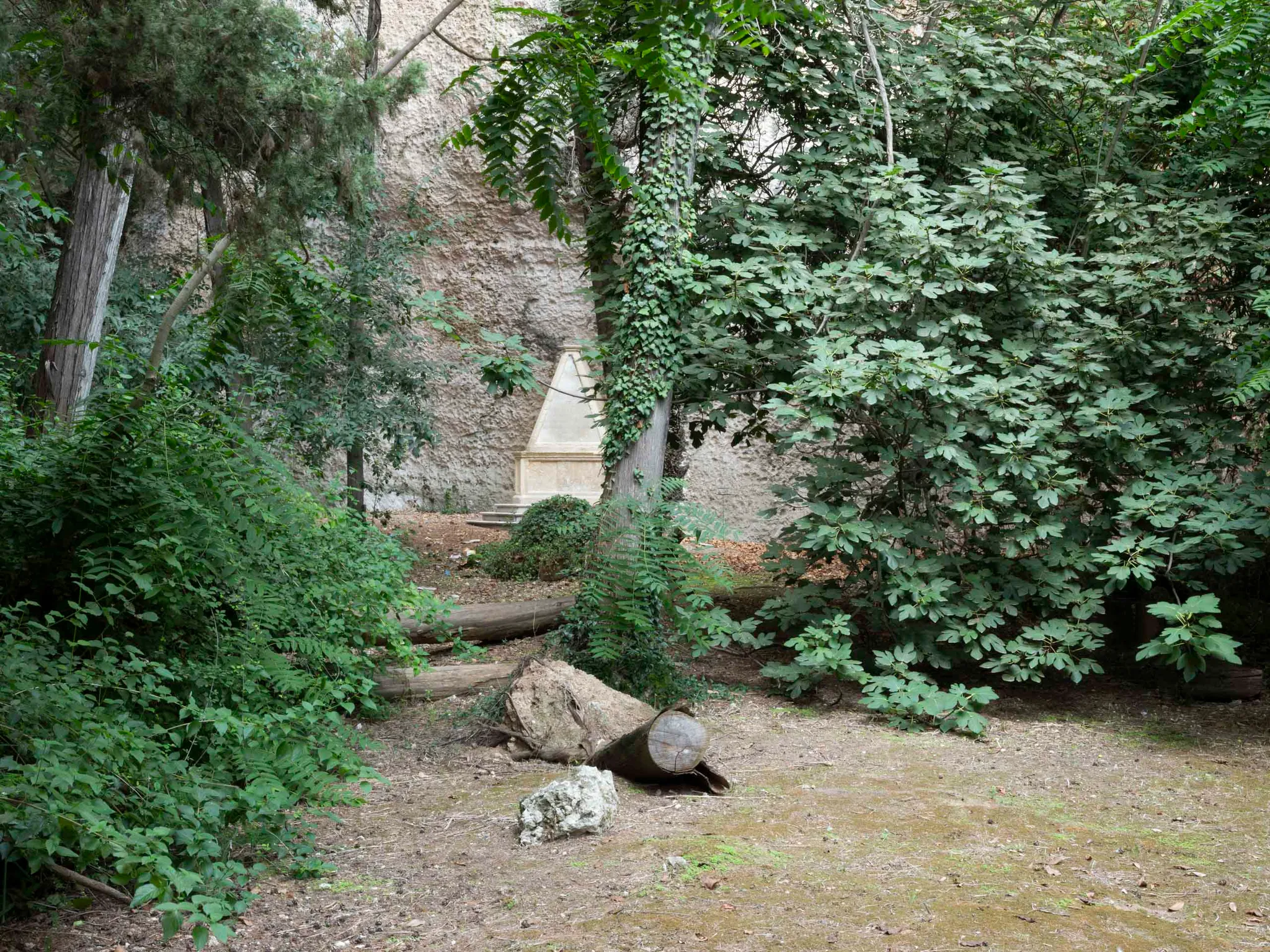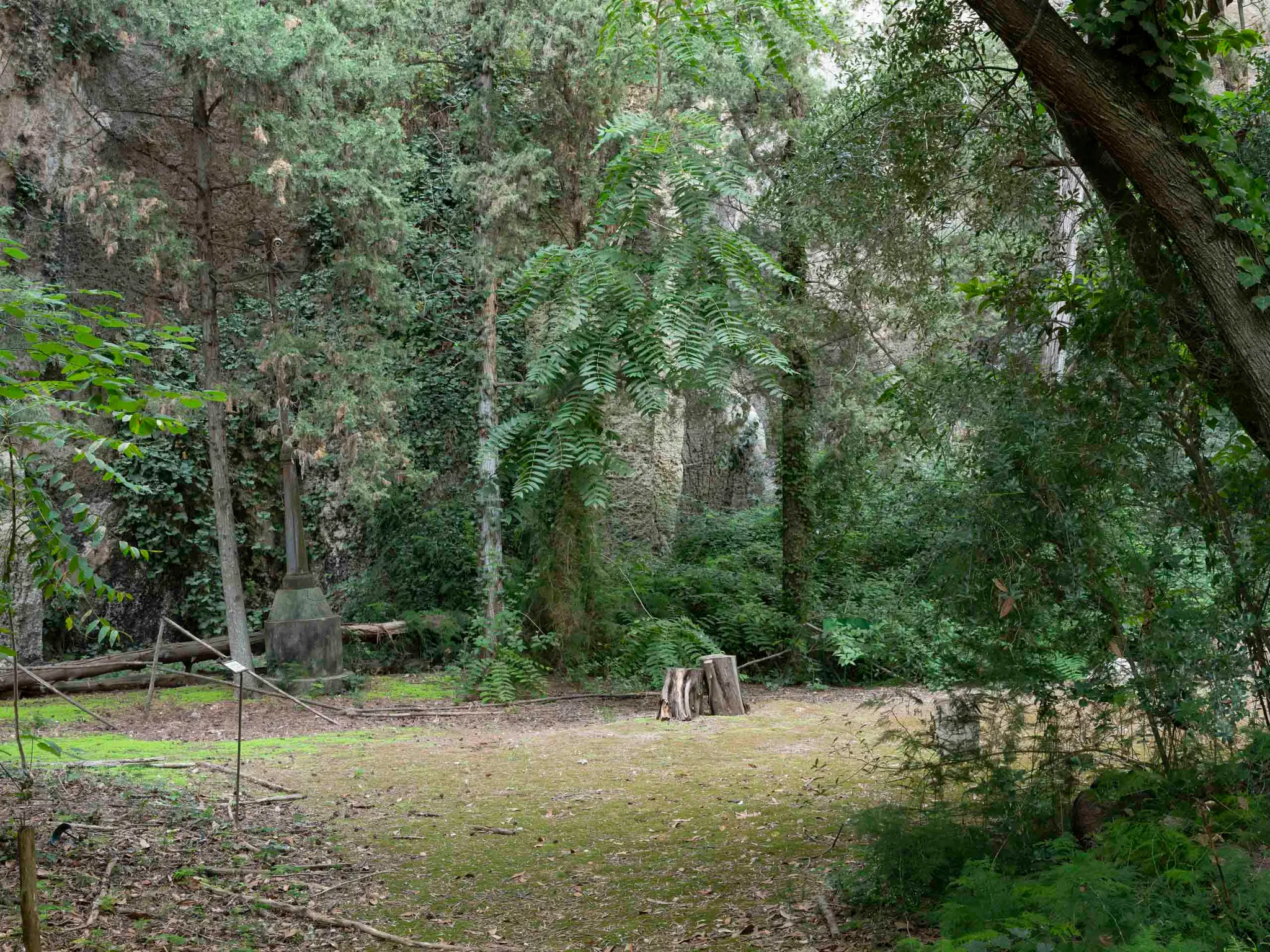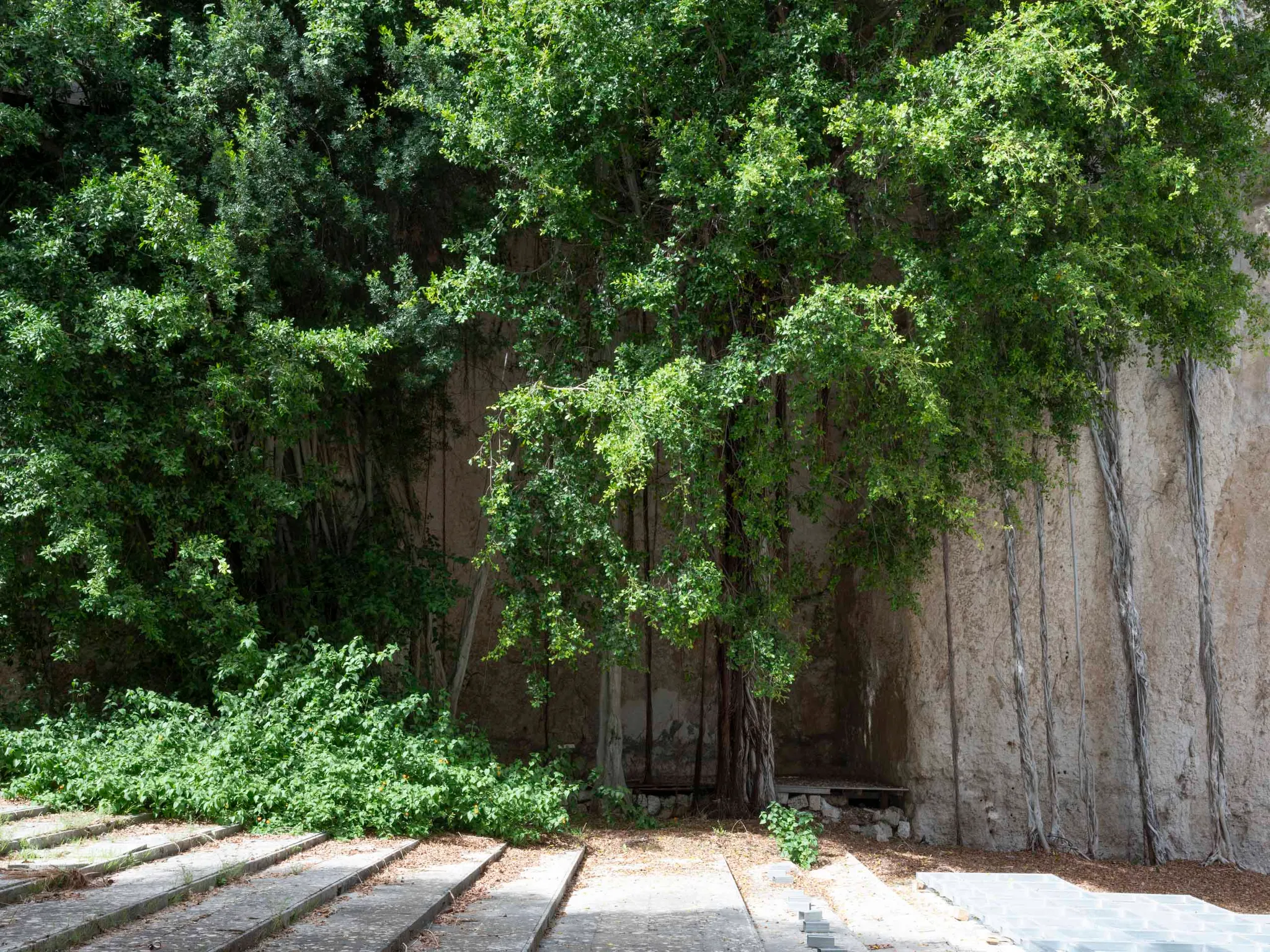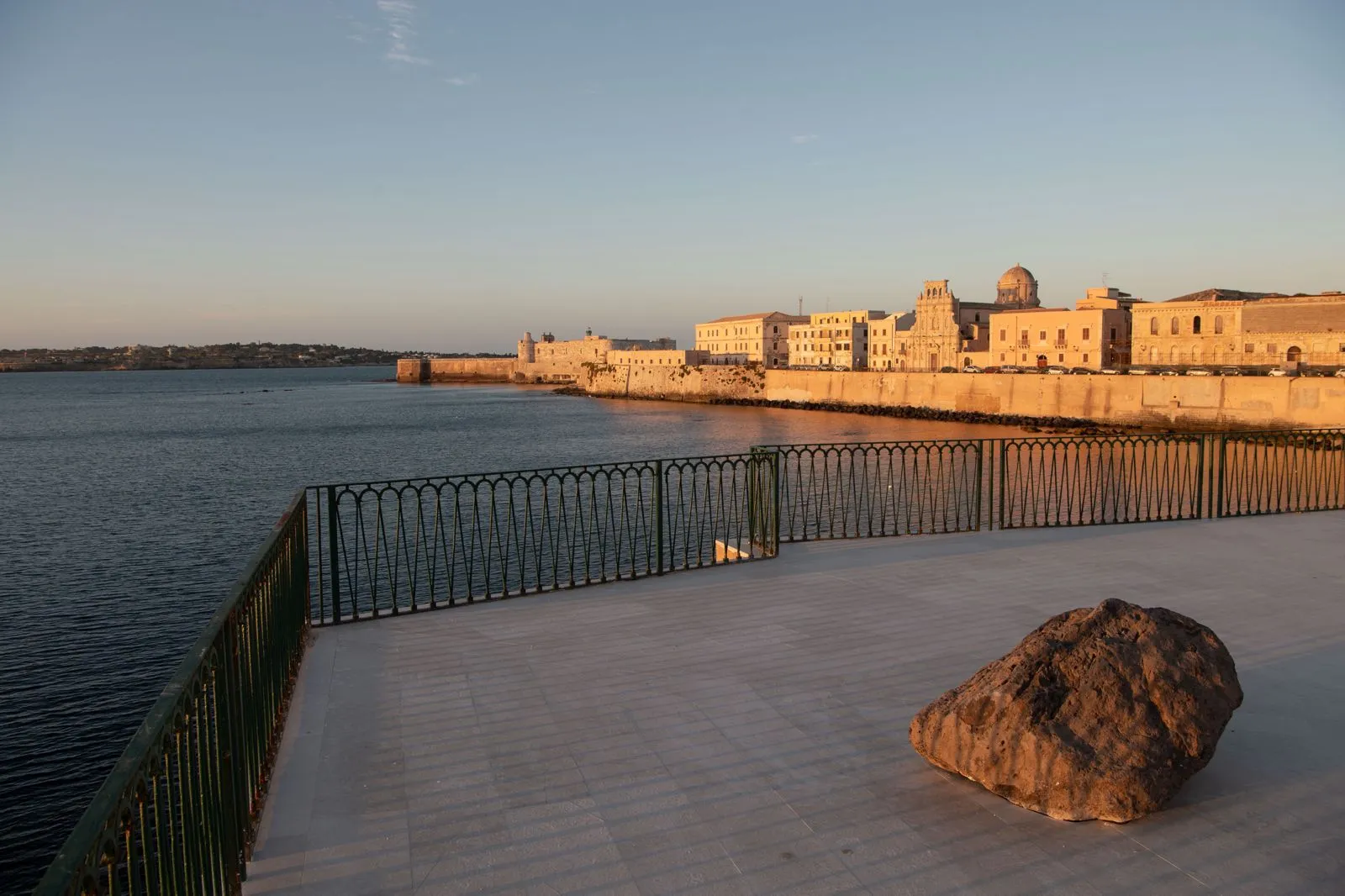“As for the prisoners who were in the latomie, in the early times the Syracusans treated them harshly. There were many of them in a hollow and cold space […] and they did everything in the same place, because of the narrowness of the space, and in addition the corpses of those who died from wounds, from the change of temperature and from other causes of this kind were piled together, one on top of the other, and there were unbearable odors” (Thucydides, VII, 87)
It is difficult to imagine that a place so full of charm today as the latomia of the Capuchins served such brutal treatment, as was that which the Syracusans inflicted on their prisoners, during the Peloponnesian War. And yet it is precisely monuments of this kind that allow us to glimpse the greatness, even political, of ancient Syracuse.
The Capuchin friars in the sixteenth century used the area from 1582 and transformed the latomia into a lush garden, which became public after the suppressions of 1866. You enter and are immediately immersed in vegetation that sometimes surpasses in effect the extraordinary shapes that the stone has taken, dug by man and centuries of erosion. According to the pages of Dominique Vivant Denon, the friars were so focused on taking care of their lemons that they rarely raised their eyes, or smelled the orange blossom. As if the enchantment was such as to make them believe that the world out there did not exist.
You can also come across a bust of Archimedes, made in 1886 by the sculptor Luciano Campisi, or a pyramid in memory of Giuseppe Mazzini, commissioned by the Società Operaia, also named after the inventor from Syracuse.
